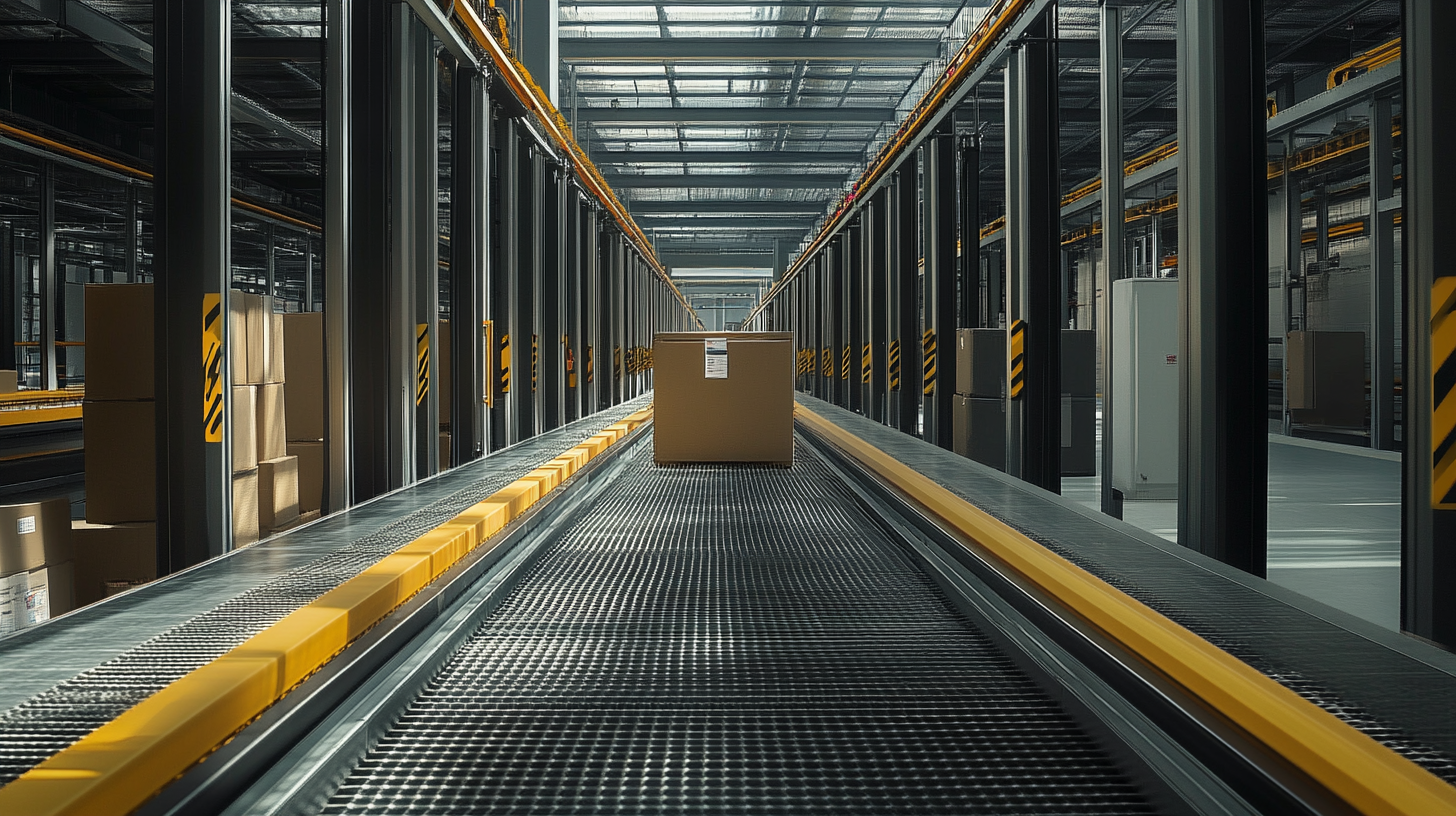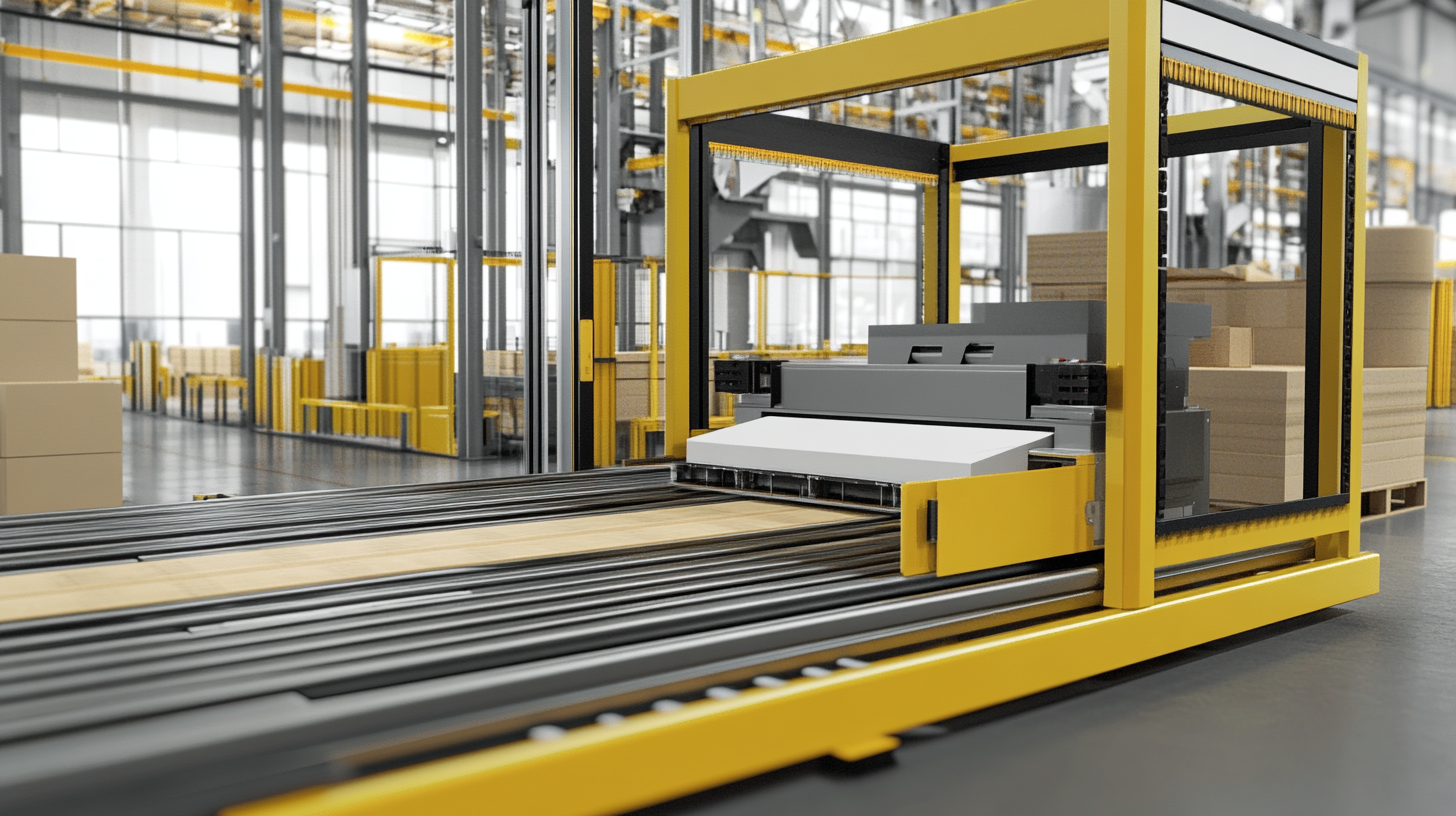Optimize Your Packaging Line with High Efficiency Carton Taping Machines
In fact, speed is fast becoming the primary driver toward success in packaging today. According to Packaging Strategies' recent report, packaging machinery will alone account for an expected increase of $55.9 billion in the world market by 2024, mainly due to applications for improving automation and productivity. Among those technologies, Carton Taping Machine, a state-of-the-art design, would prove to be the most significant innovations in production lines. In addition, by securing and consistent sealing of cartons, these machines will act as the main enablers in reducing labor costs-while ensuring durability of shipments.
With that said, treating packaging-in these cases packaging process-more with paramount importance than ever elsewhere in efforts to try to meet rising customer demand amid competition. According to The Freedonia group, even up to 30% in savings on packaging costs can be realized by companies through automated packaging solutions like the Carton Taping Machine. Along with the burgeoning e-commerce and the impressive urge for speedier and dependable delivery, these companies will need to invest in effective carton taping systems if they want to stay ahead in their operational workflows while maintaining a competitive position in the market.

Benefits of High Efficiency Carton Taping Machines in Modern Packaging
An efficient and fast operation has become the need of the hour in today's packaging industry, and thus carton taping machines with high efficiency have evolved into something of a necessity to meet this demand. These machines largely simplify the entire packaging operation by mechanizing the taping of cartons, thereby saving time and reducing the labour intensity involved in manual taping. These machines have the capacity to operate on a variety of carton sizes and adjust to different tape widths. Such unmatched flexibility gives businesses the ability to pursue continuous operations without breaks. Another convincing advantage of high efficiency carton taping machines is their contribution to reducing packaging errors. Manual taping can cause varying degrees of application, leading to poorly sealed cartons; automated taping can ensure a uniform taping job on every carton, thus enhancing the product integrity. This kind of precision reduces the likelihood of damage in transit and minimizes the chances of costly returns, resulting in happier customers. Furthermore, the easy incorporation of these machines into existing packaging lines adds an increment of productivity without extensive renovation. Any company investing in high efficiency carton taping technology is bound to gain a good ROI in terms of speed and low labor. Packaging lines can thus be optimized, allowing businesses to scale operations and maintain enhanced market competitiveness and profitability. It can thus be inferred that as industries evolve, those investing in high efficiency carton taping machines will remain competitive in terms of high operational efficiency for a long time.

Key Features to Look for in Carton Taping Machines
When optimizing your packaging line, picking the right carton taping machine becomes important. These key features will greatly impact the efficiency of your operation: First, there should be an option for adjustable tape tension setting. This lets you customize toughness according to the carton type and weight of the contents. This helps ensure a secure seal with minimum wastage of material.
Next is machine speed. High speed machines can substantially lift productivity, particularly in high volume operations; and those with automation features are more effective in making the system independent of maximum manual intervention. Fast tape changes like quick-change cartridges further bring tape replacement time down to the least for minimum downtime and maximum production.
Besides, durability and serviceability are major factors. Machines made of quality materials will last longer, while easy serviceability ensures that regular maintenance is easier. Look out for designs that offer a straightforward operational interface and allow quick access to basic components so that your technicians can keep everything in optimal running condition without a great deal of training. This should improve your packaging and bring down costs in the long run.

How to Integrate Taping Machines into Your Existing Packaging Line
Automating and installing carton taping machines into an existing packaging line affects efficiency and productivity enhancement. A preliminary consideration would be examining the existing setup to identify areas that require the machine's inclusion to simplify the operation. This generally involves reviewing the current workflow, the volume of products packaged, and certain needs within the packaging process. By pinpointing a bottleneck or repetitive manual task, you may conclude which is most beneficial for the taping equipment.
After recognizing the integration points, make sure to evaluate the different taping machine types. Depending on production volume and complexity, choice abounds from semi-automated machines to fully automated machines. Ensure the machine is compatible with the older equipment and is flexible enough to meet your future packaging needs. This training remains crucial as your people use the machine to optimize its benefits during its downtime.
The addition of advanced taping machines will thus hasten the packaging process and reduce the time that it would take to ensure even quality and strength in sealing. In addition to this, having assessed the machine's role regarding carton size compatibility and different carton types, flexibility within a packaged line will increase even further. So all being well, with proper planning and execution, inducing carton taping machines with much higher efficiencies will make packaging operations very much more streamlined and productive.

Comparing Manual vs. Automatic Taping Processes for Packaging Efficiency
Packaging efficiency is dependent on whether carton taping is done manually or automatically. Both approaches yield different effects on productivity. Manual tape application is the cheaper and most straightforward method; however, it fails during high-volume applications. Workers are left handling the miserable task of aligning and sealing each and every package, yielding inconsistency and errors. Moreover, with humans come variable delays that translate to workflow lapses and eventual frustration.
On the other hand, automatic carton taping speeds and consistently applies tape to packages. Taping machines have the flexibility to adjust to different sizes and seal the carton consistently and securely, allowing for minimal overhead from direct human involvement. Throughput is enhanced via automation, thus reducing labor costs and facilitating businesses in matching supply with demand more promptly. Advanced taping machines also offer integration with production lines, real-time monitoring, better resource allocation, and reduced downtime.
Companies must weigh the pros and cons of each method against their specific production requirements. Manual taping might still have its utility in low-volume or custom jobs, but automation of carton taping is quickly becoming the golden standard among companies that want to boost efficiency and stay competitive in the marketplace.
Best Practices for Maintenance and Troubleshooting of Taping Machines
When ensuring very high packaging-line efficiency, the simple operation of carton taping machines has to be guaranteed. The Research and Market report noted that the global carton sealing machinery market would reach $3 billion by 2024, signifying an ever-increasing reliance on such machines for productive package solutions. The other equally important aspect is maintenance and troubleshooting operations to maximize performance and lifespan of these machines.
One of the best practices in maintaining carton-taping machines is scheduling proactive maintenance, which includes daily checks and periodic servicing. In its publication, the Journal of Packaging Technology and Research reported that companies deploying a program of such regular maintenance can reduce downtime by an astonishing 30% or more. Operators must monitor adhesive application on a regular basis to ensure that tape heads and rollers are free from dust and debris. Keeping these areas clean not only ensures optimum adhesive performance, but it also prolongs the machine-life expectancy.
Troubleshooting along with maintenance also greatly aids the solving of repeated problems such as tape jams or uneven application. The Institute of Packaging Professionals maintains that about 50% of all problems in carton taping result from improper tape tension or alignment. Troubleshooting guides provide operators with a fast means of diagnosing issues to mitigate production disruption. Investing in training staff will further ensure efficiency, as an informed workforce is likely to flag potential problems long before they become real hindrances.
